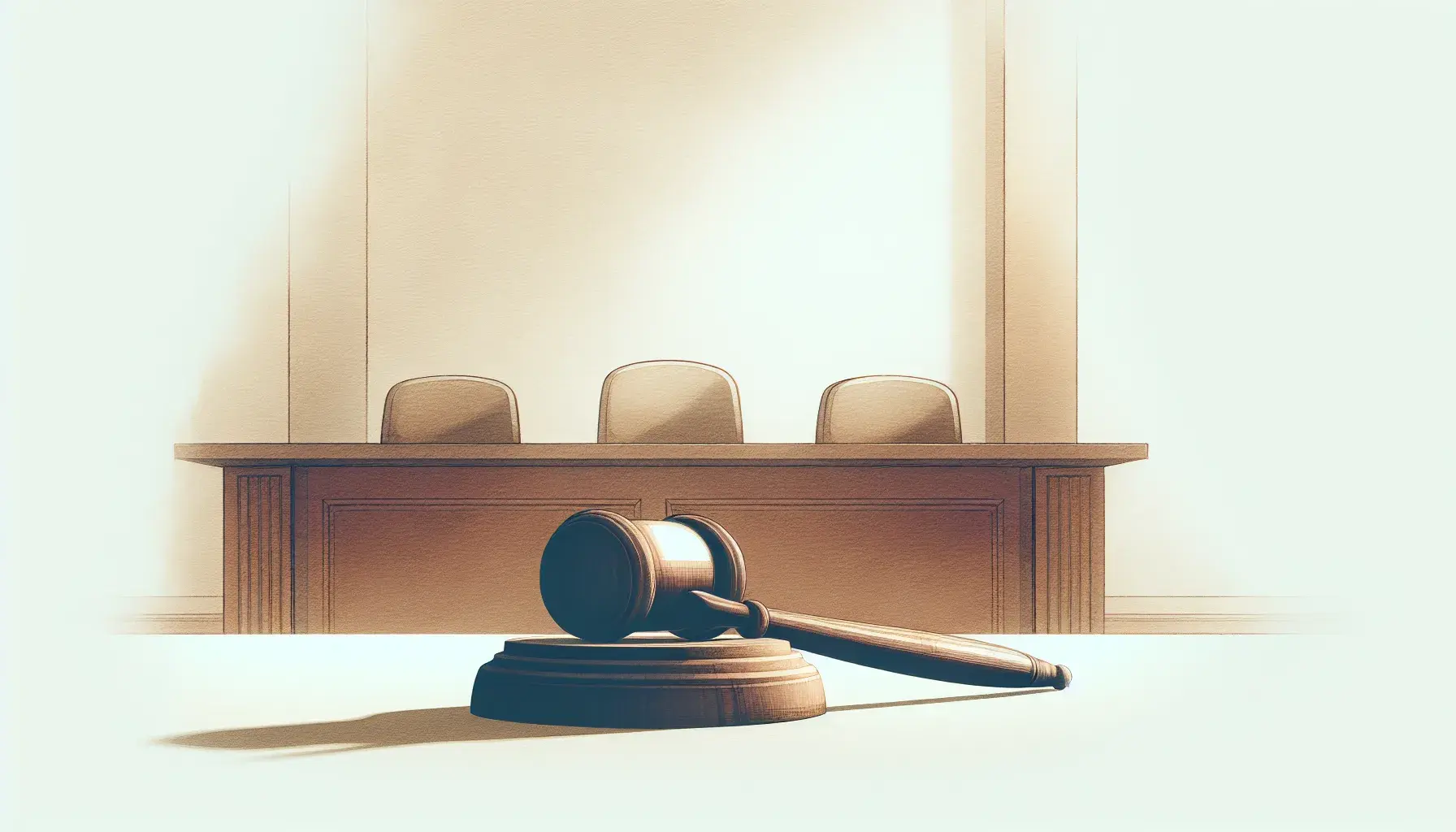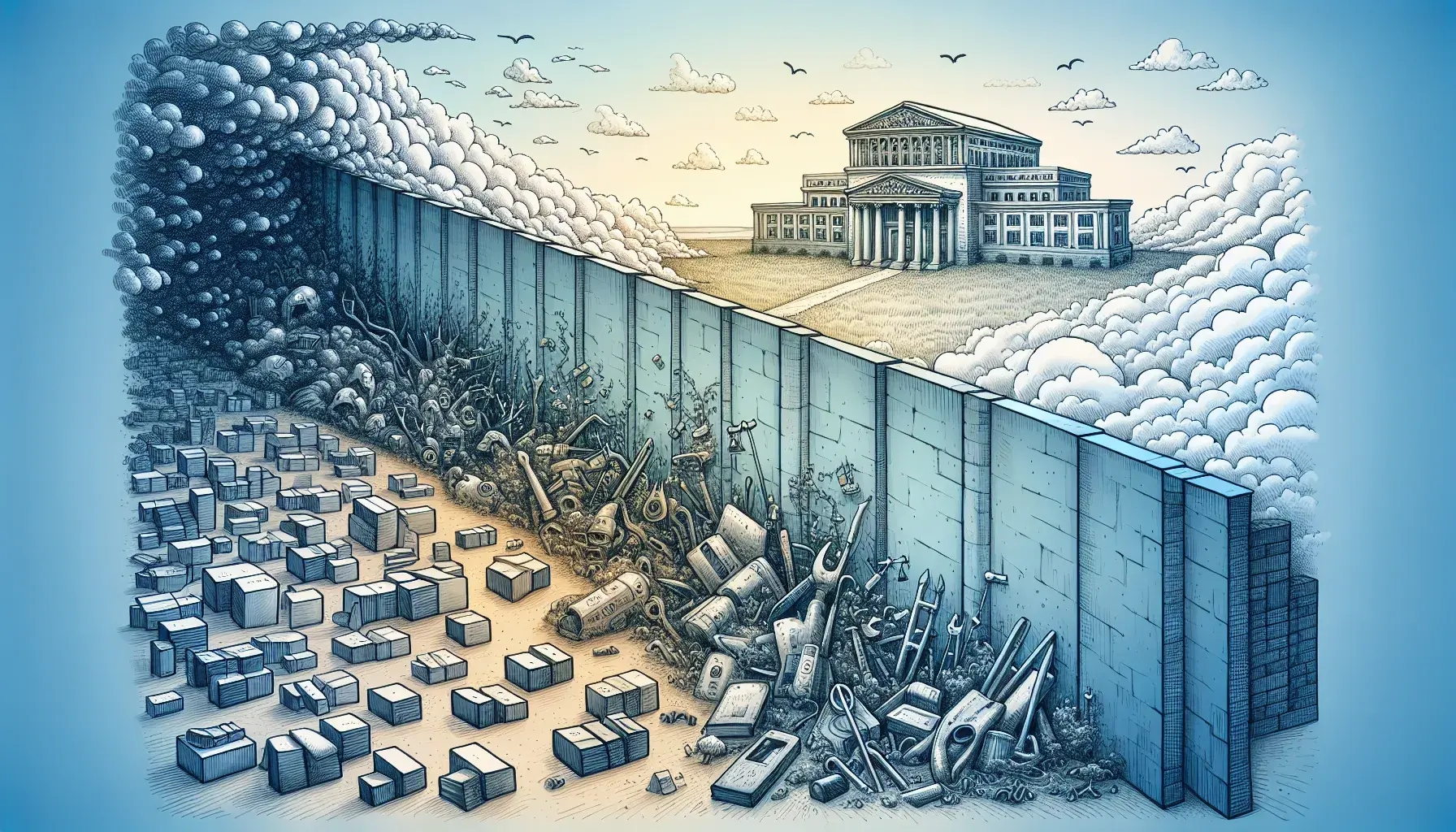Big Business Sits Out Supreme Court Fight Over Trump Tariffs
Big corporations largely sat out the legal push at the Supreme Court, leaving small importers, policy groups and a few trade associations to lead the challenge to President Donald Trump’s emergency tariffs. The conspicuous absence comes as the justices weigh how far a president can go in using crisis powers to rewrite trade policy.

What Happened
The Supreme Court heard arguments on November 5, 2025, in a closely watched case over whether the 1977 International Emergency Economic Powers Act (IEEPA) allows Trump to impose sweeping import duties. In exchanges that cut across ideology, several justices pressed the administration on whether emergency authority to “regulate importation” can stretch to broad, revenue-raising tariffs. Justices across ideological lines signaled skepticism, a potential warning sign for the White House. The dispute, captioned Trump v. V.O.S. Selections, Inc., could decide the fate of tariffs that have generated about $90 billion from importers, according to government figures and court filings.
Who Showed Up
Despite the stakes for global brands and retailers, No major companies filed briefs backing the challenge. Instead, the amicus lineup opposing the tariffs featured small businesses, conservative legal scholars, and civil-society groups—joined by the U.S. Chamber of Commerce, which urged the Court to rein in the emergency tariff claims. Many large firms, meanwhile, have pursued quieter channels: lobbying for carve‑outs and exemptions rather than entering a high-profile legal fight that could entangle them in presidential politics, according to filing records and reporting on the case.
Why It Matters
The outcome will shape both economic policy and the balance of powers. If the Court curbs the emergency tariff theory, it could limit future presidents’ ability to reset trade rules unilaterally and force the administration to unwind or refund duties collected under IEEPA. About $90 billion in tariff revenue is at stake, a sum that underscores the real-world costs borne by U.S. importers and, indirectly, consumers. For corporate America, the choice to stay off the briefs reflects a familiar calculus: avoid open confrontation while seeking targeted relief behind the scenes.
What’s Next
A ruling is expected in the months ahead. Whatever the outcome, companies will be watching for guidance on refund mechanics and on whether alternative, narrower tariff tools remain available to the administration. The decision will signal how far the Court is willing to let emergency powers reach into tax-and-trade terrain that the Constitution assigns to Congress.
Sources
- Mystery conservative donors bankroll opposition to Trump’s tariffs — Washington Post (November 4, 2025)
- Conservative Supreme Court justices appear skeptical of Trump’s sweeping unilateral tariffs — Associated Press (November 5, 2025)
- Trump Solicitor General Struggles With Trump Justices on Tariffs — Bloomberg Law (November 6, 2025)
You May Also Like
These Related Stories

Corporate America Sits Out Supreme Court Fight Over Trump Tariffs

Big Business Sits Out Supreme Court Fight Over Trump Tariffs

No Comments Yet
Let us know what you think